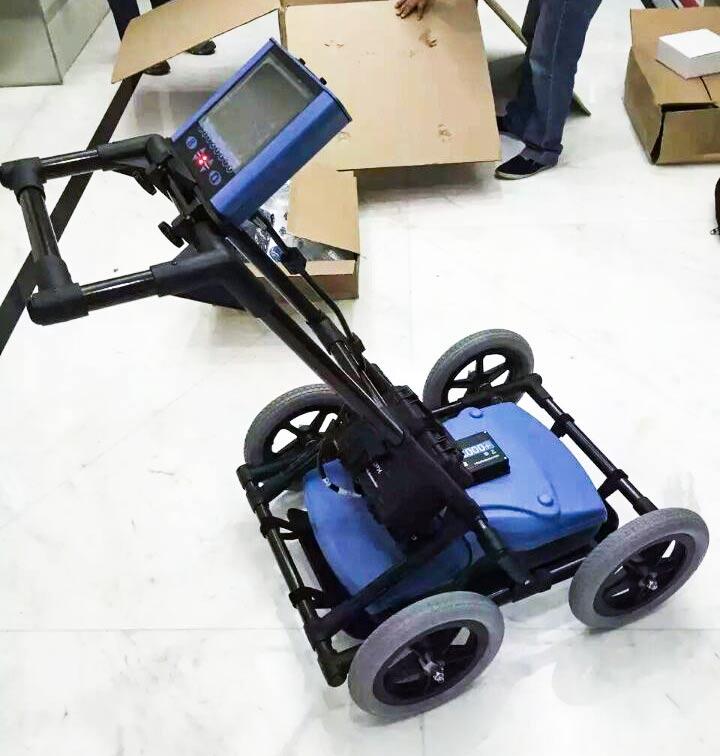Testing Equipment
22.4V 18Ah Lithium Battery Pack For Gpr Tester

Ground penetrating radar tester Introduction:
The traditional field ground penetrating radar tester uses lead-acid batteries as a mobile backup power source. Due to the low energy density, heavy weight, low rate discharge efficiency, and non-environmental protection of lead-acid batteries, they can no longer meet the needs of modern portable industrial equipment. The need for backup power. Because of its unique advantages such as high energy ratio, light weight, small size, high cycle life, high safety, and high voltage consistency, LiFePo4 battery packs have become the first choice for replacing lead-acid batteries in many industrial instrument and equipment fields. Manly can lithium battery solution at factory price now.
Backup power requirements for ground penetrating radar tester
The specific parameters of the combined finished battery are as follows
1) Lithium battery pack model design requirements:
32700-7S3P/18Ah/22.4V.
2) Circuit design requirements:
1. Single cell overcharge protection voltage: 3.90±0.25V
2. Single cell overcharge recovery voltage: 3.80±0.50V
3. Single cell over-discharge protection voltage: 2.30±0.08V
4. Single cell over-discharge recovery voltage: 2.70±0.10V
5. Combined battery overcurrent protection value (10ms): 30~35A
6. Charge balance current: 300±50mA
7. Charge balance voltage: 3.60±25mV
8. Battery over-temperature protection value (recoverable): 70±5 degrees
9. The finished battery also has short circuit and reverse charge protection.
3) Design requirements for battery cycle life:
2000~6000 times (national standard charge and discharge standards)
4) Design requirements for battery dimensions:
Refer to the case
The specific parameters of the combined finished battery are as follows
1) Protection board (PCM):
It is mainly a protection circuit designed for rechargeable lithium battery packs. Due to the chemical characteristics of the lithium battery itself, it is necessary to provide protection functions such as intelligent power calculation, overcharge, overdischarge, short circuit, and overcurrent. In order to avoid dangers such as burning and explosion.
2) Protection IC (Protection IC):
The main protection function chip of the design scheme, which performs online monitoring of overcharge, overdischarge, overcurrent, short circuit and other functions of the cell. Make the batteries work in a safe, stable and efficient range.
3) Charging balance module:
Balance the voltage difference of each battery cell during charging, and enhance the consistency of the voltage of each battery cell to prolong the service life of the assembled battery.
4) Temperature switch:
Mainly designed for temperature protection function. When the temperature of the battery itself reaches 75 degrees due to other abnormal problems, the temperature switch will act to achieve over-temperature protection. When the temperature drops, it will automatically recover.
5) 32700 lithium iron phosphate battery
32700 lithium iron phosphate battery/32700/6000mAh/3.2V MANLY cell (long-life battery).
6) Field effect tube (MOSFET):
MOSFET, which acts as a switch in the protection circuit, will always keep the voltage at both ends of the load from increasing or decreasing, ensuring voltage stability.

